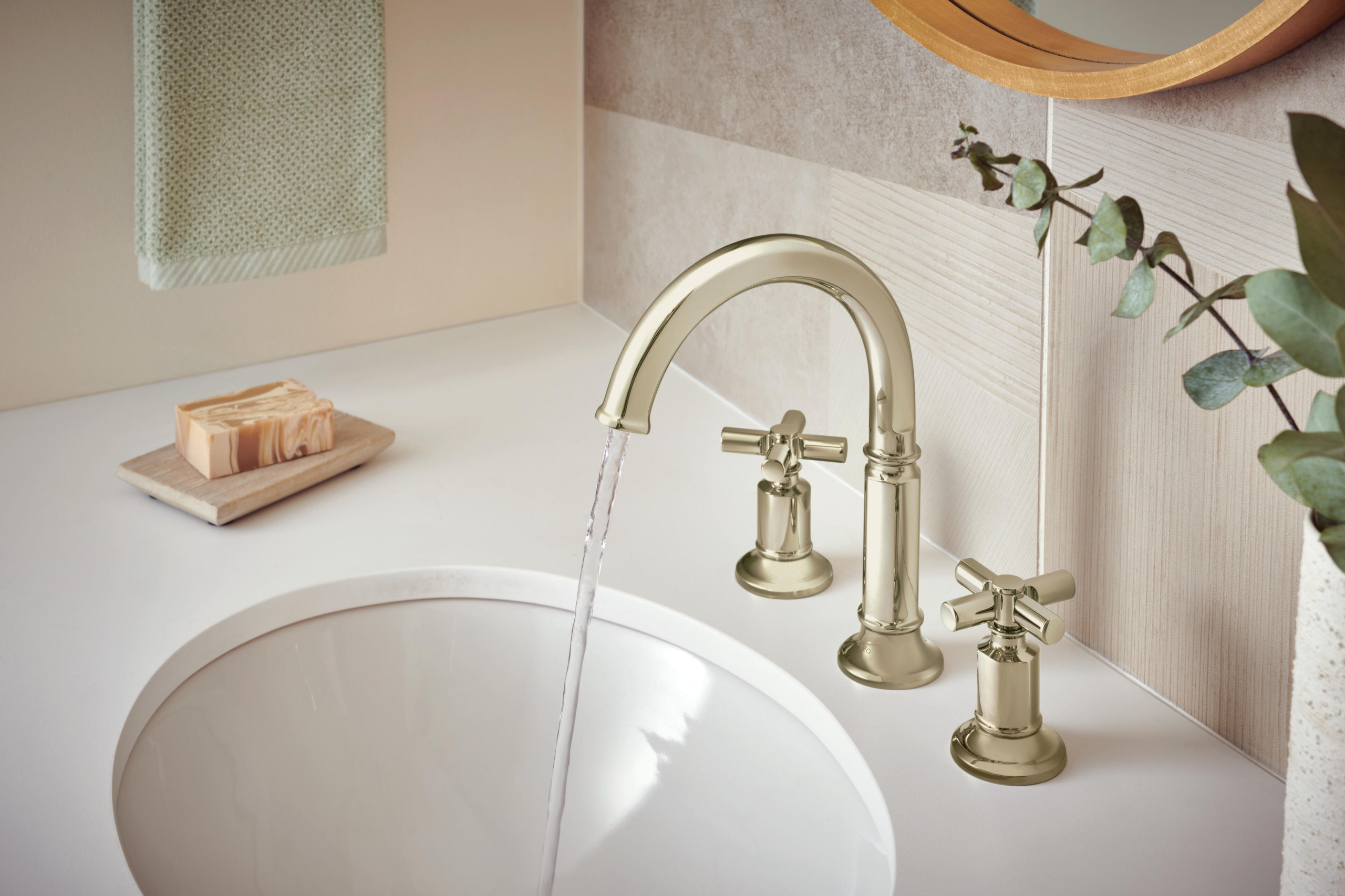Experiencing a frustratingly slow water flow in your bathroom faucet can be both inconvenient and annoying. Whether you're brushing your teeth or washing your hands, a decreased water flow can severely impact your daily routine. If you're looking for comprehensive solutions on how to fix slow water flow in bathroom faucet, you've come to the right place!
Understanding the issue is the first step to fixing it. Several factors can contribute to this problem, including clogged aerators, sediment build-up, faulty cartridges, and even issues with the municipal water supply. Let's dive deeper into what you can do to restore that steady stream of water.

Common Reasons for Slow Water Flow
The primary reasons for a slowdown in water flow generally involve blockage or damage within the faucet. Recognizing the specific issue will help you address it efficiently.
- Clogged Aerators: Scale, dirt, and mineral deposits can accumulate around the aerator, restricting water flow.
- Faulty Cartridge: A malfunctioning cartridge can limit how much water gets released.
- Sediment Build-Up: Over time, sediment can accumulate in your pipes, affecting overall pressure.
- Water Supply Issues: Changes in pressure or flow from the municipal supply could also play a role.
Step-by-Step: How to Fix Your Bathroom Faucet
Now that you are familiar with the potential causes of slow water flow, lets discuss step-by-step how to resolve these problems.
1. Check the Aerator
The aerator is the screen where water exits the faucet. A clogged aerator can significantly affect water flow. Heres how to check and clean it:
- Remove the Aerator: Use a cloth to grip the aerator and twist it off (if it's removable).
- Inspect for Clogs: Check if there is any visible debris or scaling.
- Soak and Clean: Soak it in vinegar for 30 minutes to dissolve mineral deposits and scrub lightly with a brush.
- Reattach: Screw the aerator back onto the faucet and test the flow.
2. Replace the Cartridge
If cleaning the aerator didnt help, the next step is to check the cartridge. A faulty cartridge is often a reason behind slow water flow:
- Turn off Water Supply: Make sure to turn off the water supply before proceeding.
- Remove Handle: Depending on your faucet type, you may need to pry off a decorative cap.
- Detach the Cartridge: Unscrew the retaining nut and remove the cartridge.
- Install New Cartridge: Replace it with a new one (you can [read more about this process here](https://dripx.io/blogs/our-insights/how-to-replace-delta-single-handle-bathroom-faucet-cartridge)).
3. Flush the System
If all else fails, your pipes may be clogged from within. Flushing the system can be effective:
- Turn off Water Supply: Ensure the main supply is off.
- Remove Faucet: Disconnect the faucet from the plumbing.
- Run Water: Temporarily turn on the valve to flush out debris.
4. Consult a Professional
If youve tried these steps and the flow remains slow, it may be time to call a professional plumber. They can diagnose any hidden problems, such as blockages in the main supply lines.
Prevention Tips
Once you've fixed the issue, its essential to maintain your faucet to avoid future problems. Here are some tips:
- Regular Cleaning: Clean your aerator periodically.
- Monitor Water Quality: Ensure the quality of your municipal water is good and free from excessive sediment.
- Use Water Softener: Consider installing a water softener to reduce scaling.
Conclusion
Resolving slow water flow in your bathroom faucet does not have to be a daunting task. By following the steps outlined in this article, you can likely rectify the situation yourself. For further details on faucet types and finishes, feel free to check out this [comprehensive guide](https://allorausa.com/blogs/news/best-bathroom-faucet-finishes-for-multifamily-builds).
If you need more help or advice, remember that consulting a plumbing expert is always a viable option!

Frequently Asked Questions
Q1: How often should I clean my faucet aerator?
A1: It's recommended to clean your aerator every 6 months to prevent buildup.
Q2: What tools do I need to fix slow water flow?
A2: Typically, youll need pliers, a screwdriver, and a cleaning solution like vinegar.
Q3: Can low water pressure affect the toilet too?
A3: Yes, low water pressure can affect other fixtures in your home.
As an Amazon Associate, I earn from qualifying purchases.






